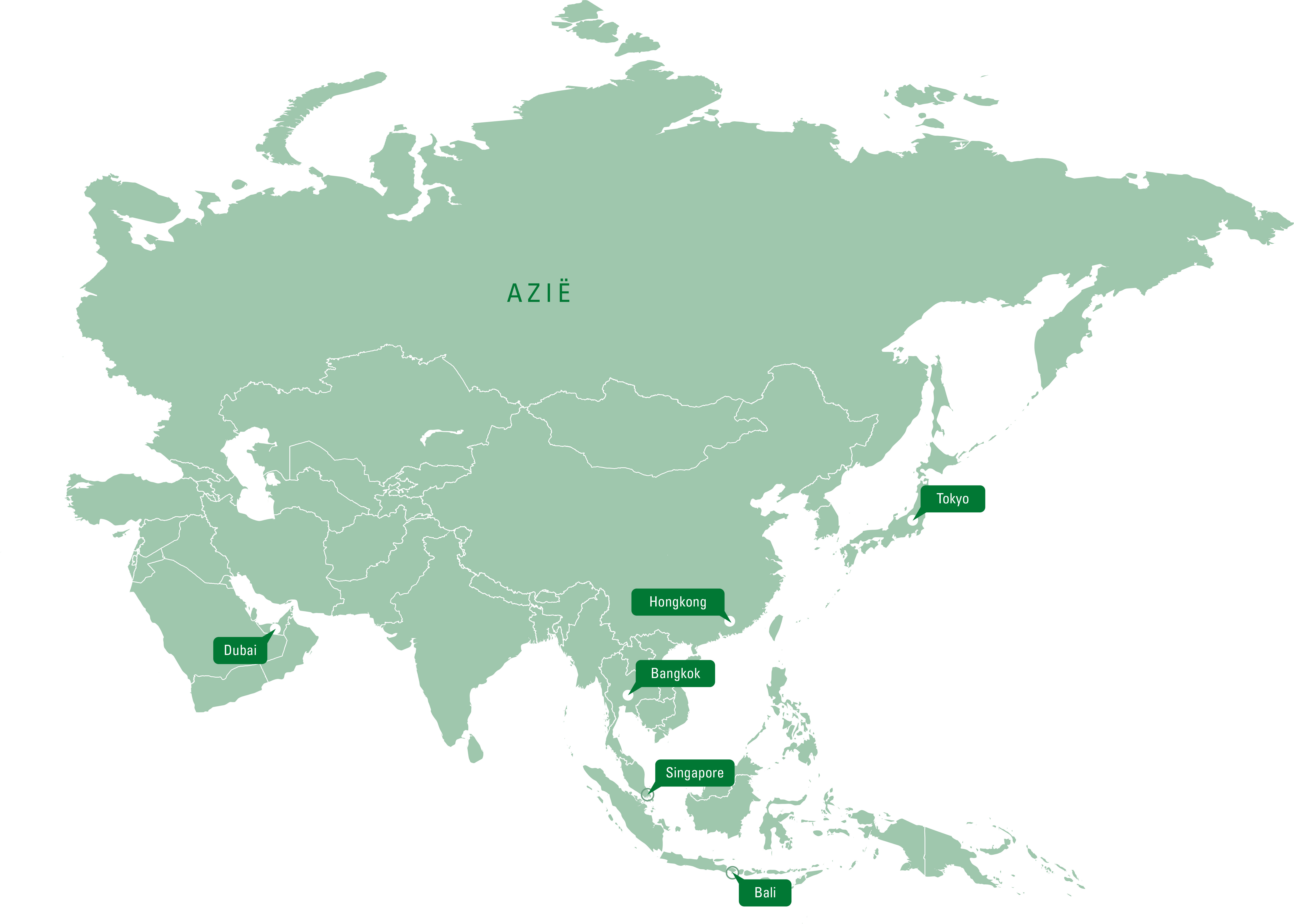Safe travels in Asia
Asia is the largest continent on Earth. In 2016, the continent had approximately 4.46 billion inhabitants, or 61% of the total world population (7.6 billion). Asia, with an area of 43,810,000 km², covers 8.6% of the total area of the earth and 29.4% of the total land area.
Climate
The climate of Asia is one of extremes and many different climate types. Asia has places that are among the warmest and the coldest, the driest and the wettest in the world.
In Central Asia , the weather ranges from extremely cold in the mountain regions to extremely hot and dry in the deserts. Northern Asia has about the same climate as Central Asia, but with more rainfall. Winters are very cold, especially in Siberia, which has an arctic climate all year round. In South Asia, temperatures are high all year round, except in the mountains. There are no summer and winter here, but a dry season and a rainy season.
Area: 44.580.000 km²
Number of inhabitants: 4,5 billion
Climate: Varied
Tropical diseases in Asia
Chikungunya
Yes, chikungunya occurs in Asia.
Malaria
Yes, malaria occurs in Asia.
Dengue
Yes, dengue occurs in Asia.
West Nile virus
Yes, West Nile virus occurs in Asia.
Yellow fever
No, yellow fever does not occur in Asia.
Zika
Yes, zika occurs in Asia.
Dangerous animals in Asia
Among all the special animal species you will encounter in Asia, there are also a number that you would rather not get too close to. With the information below you know what to look out for and you can be well prepared for your trip. In the unlikely event that you are bitten or stung by an insect or jellyfish, you also know what to do.
Mosquitos
At first glance, mosquitoes aren’t exactly terrifying. Rather annoying. But a normal mosquito bite can lead to various, sometimes life-threatening, diseases in some parts of Asia. Therefore, protect yourself continuously by sleeping under a mosquito net, Anti-Insect DEET and mosquito-repellent socks to wear. Stung anyway? Use a venom extractor to stop the spread of poison through the body as much as possible.
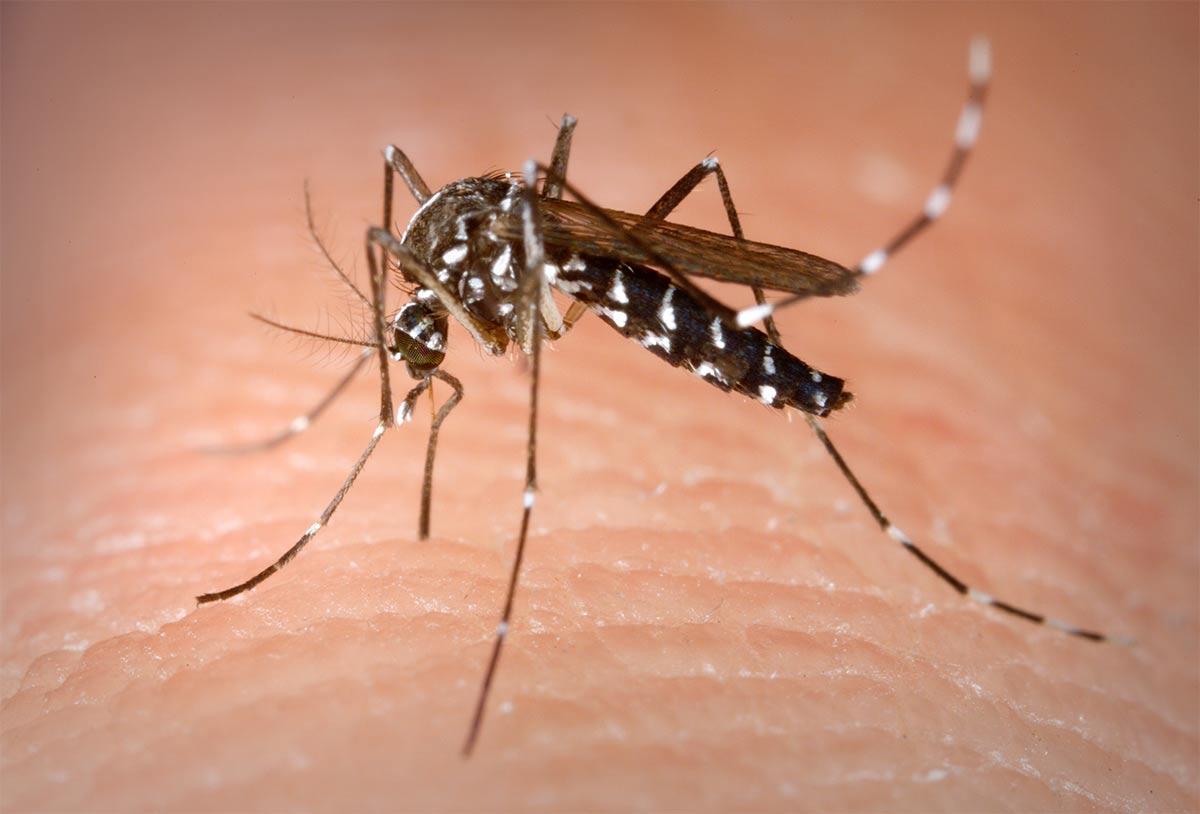
Tiger mosquito (Aedes albopictus)
Jellyfish
There are countless jellyfish swimming around that do not harm a fly, but make no mistake: a few species are life-threatening. The cube jellyfish is one of those you can find in some parts of Asia. With the needles on their tentacles, they stick into your skin and inject poison that can be deadly. Prevent a sting from a jellyfish by covering yourself well with a waterproof sunscreen that also protects you against most jellyfish bites, corals and sea anemones. You can also purchase a so-called stinger suit, a thin wetsuit that protects your body against the tentacles.
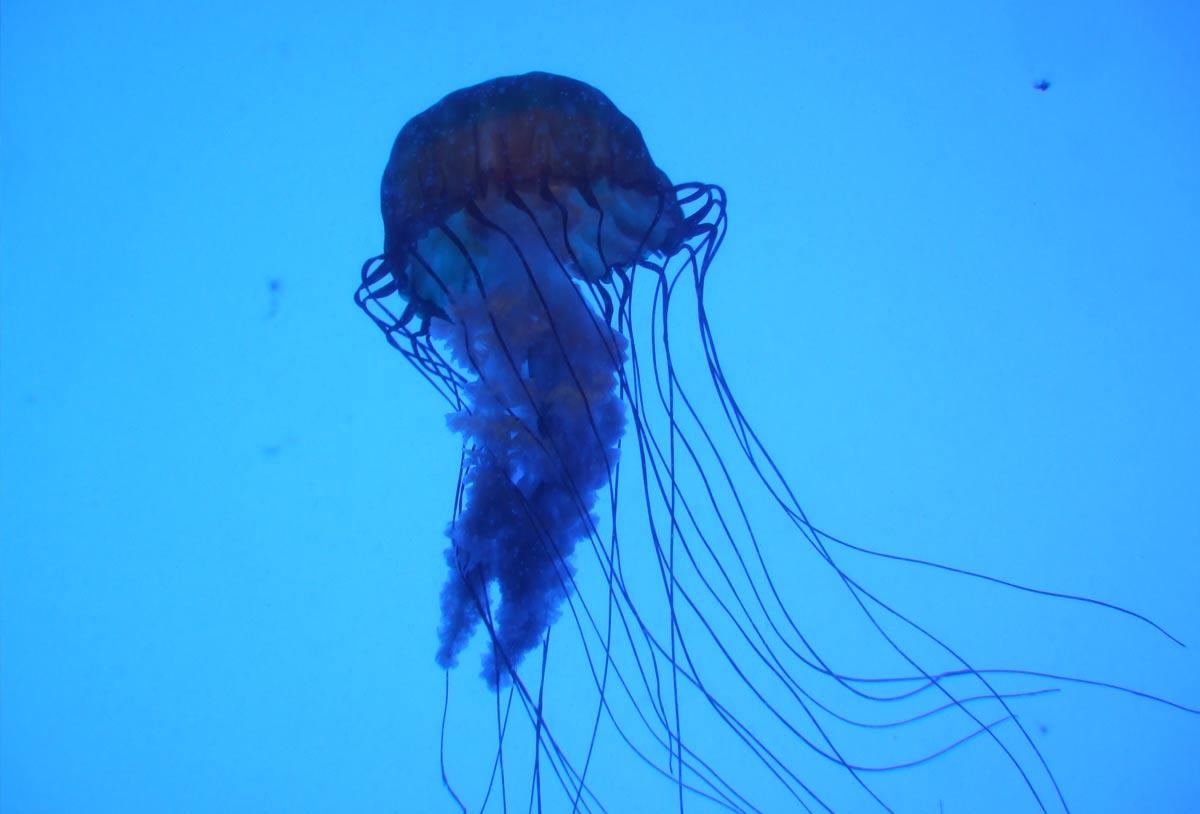
box jellyfish (Cubozoa)
Snakes
Be on the lookout for snakes, as the venom of a number of species can be deadly. Keep your eyes open for the krait. The bite of the ringed krait leads to death in half of all cases – even after administration of an antidote. This makes the krait in Asia one of the snakes that have the most victims on their conscience. The king cobra can be found a lot in Thailand, and mainly hides in tall grasses and dark holes. Since it is extremely difficult to tell non-venomous and venomous snakes apart, it is best to avoid them all.
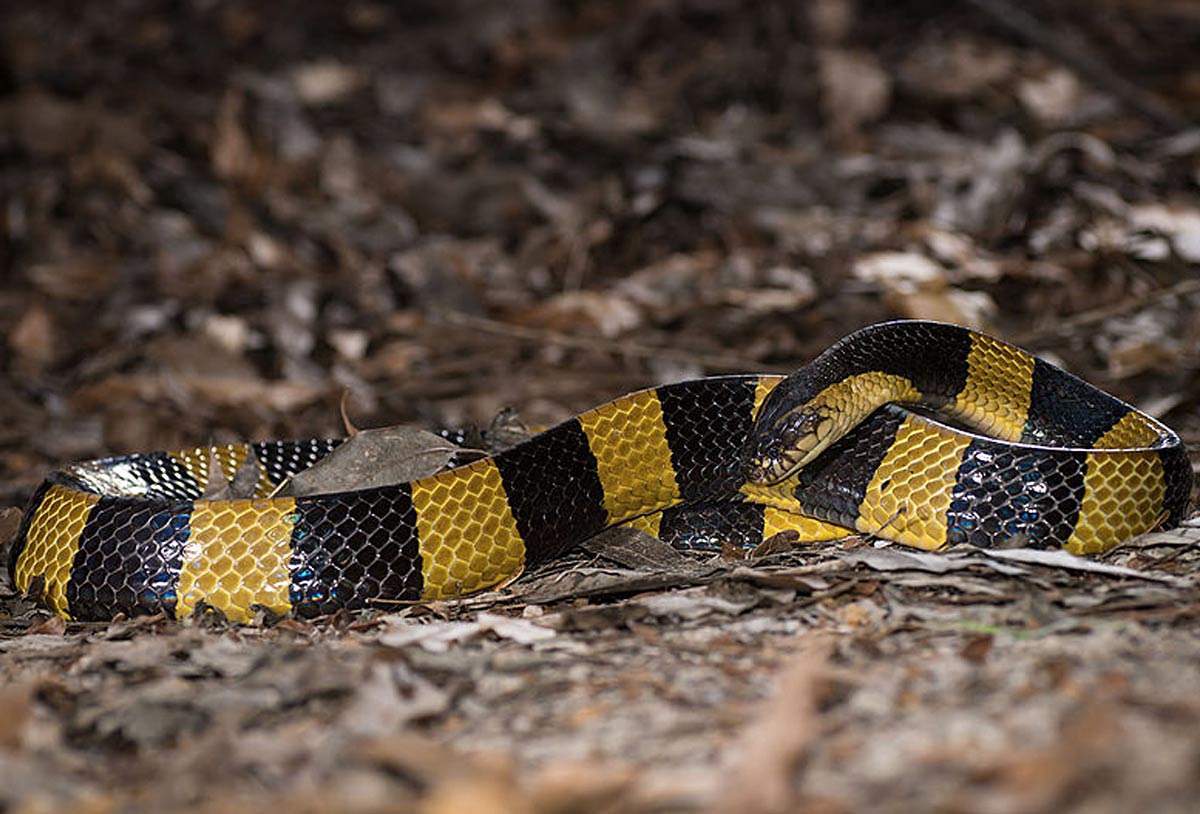
Banded Krait (Bungarus Caeruleus)
What should not be missing in your luggage
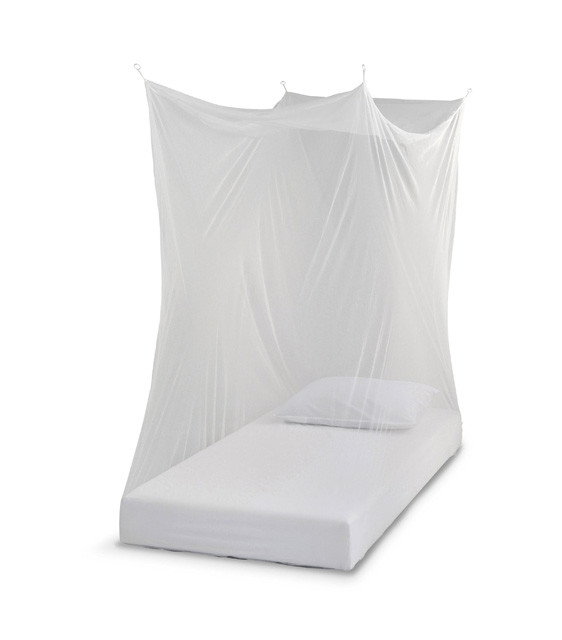
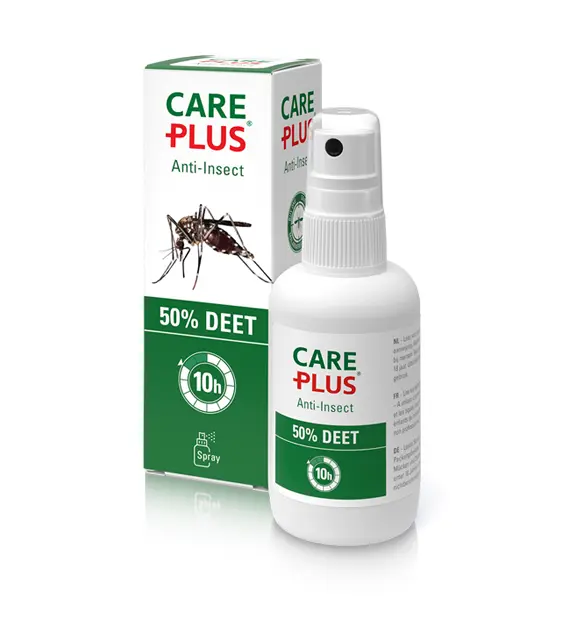


Good to know
Vaccinations
If you are going to Asia, it is wise to be well informed and to make the right preparations. Asia is divided into four regions where different vaccinations are recommended.
Visa
For a number of countries you need to arrange a visa in advance, for example for: China, India and Myanmar. To a large extent, you will receive a visa that is temporarily valid on arrival. Cambodia, Indonesia and Philippines are a few examples of this. And for another part you do not need a visa at all. So check in advance where you are (all) going and whether a visa is required.
Water
In many parts of Asia it is not possible to drink tap water. Advice is to always drink bottled water.
Language
Many different languages are spoken in Asia and many Asian countries have more than one official language. The most notable (world) languages spoken in Asia are Arabic, Chinese (Mandarin), Japanese and Russian. In some areas you can also use English reasonably well and in some countries, including India, the Philippines and Singapore, it is even used as an official language.


